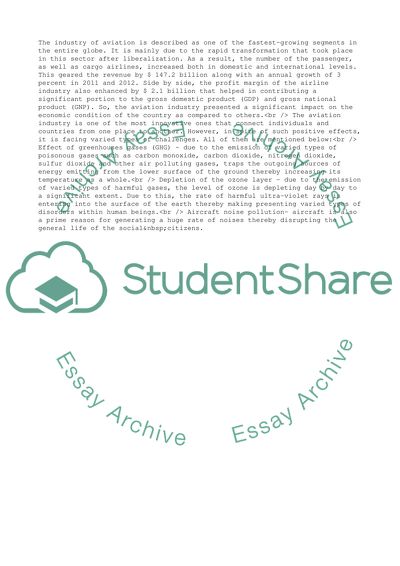Cite this document
(Sutainable Operations in Aviation Industry Sector Essay, n.d.)
Sutainable Operations in Aviation Industry Sector Essay. Retrieved from https://studentshare.org/business/1623920-sutainable-operations-industry-sector-report
Sutainable Operations in Aviation Industry Sector Essay. Retrieved from https://studentshare.org/business/1623920-sutainable-operations-industry-sector-report
(Sutainable Operations in Aviation Industry Sector Essay)
Sutainable Operations in Aviation Industry Sector Essay. https://studentshare.org/business/1623920-sutainable-operations-industry-sector-report.
Sutainable Operations in Aviation Industry Sector Essay. https://studentshare.org/business/1623920-sutainable-operations-industry-sector-report.
“Sutainable Operations in Aviation Industry Sector Essay”, n.d. https://studentshare.org/business/1623920-sutainable-operations-industry-sector-report.


